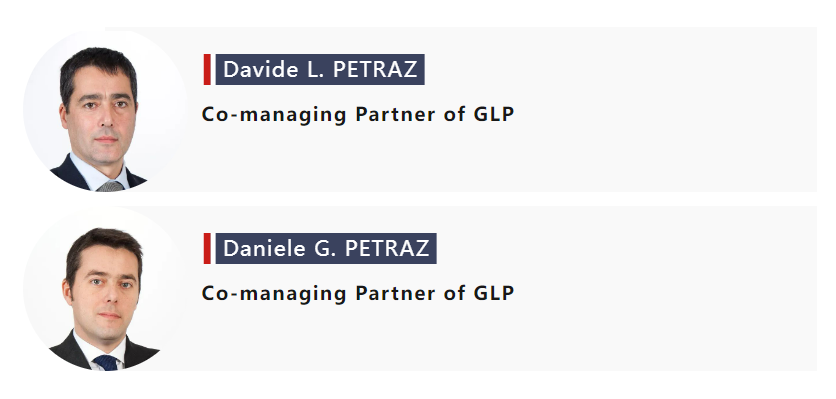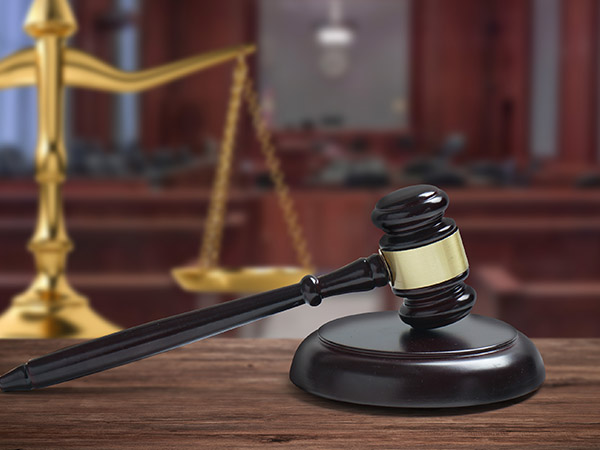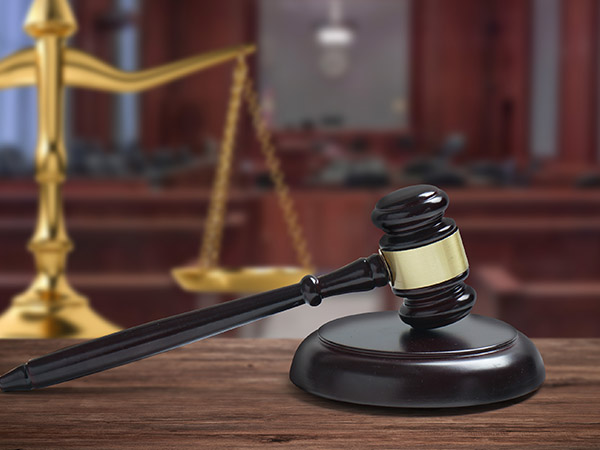——Suggestions for Drafting Effective Patent Specifications under the UP/UPC System

Drafting a patent specification in an accurate and clear manner might have an impact on European and Unitary Patents
Introduction to the UP/UPC System
The launch of the new UP/UPC (United Patent/Unified Patent Court) system represents a new challenge for the world of patents in Europe.
The target of the new system is to simplify and harmonize patent protection in the European Union, with the creation of a single court (UPC) which will be competent at European level in matters of validity and infringement of European patents (EP) and European patents with unitary effect (UP).
The Role of the EPO "Problem Solution Approach" in Patent Evaluation
One of the key points of the UPC system concerns the assessment of the validity of European and Unitary patents. In particular, during revocation actions before a UPC court – be it a "Central Division" or a "Regional/Local Division" – the validity requirements will be subject to careful scrutiny by the UPC division, especially the presence of novelty and inventive step (Articles 54 and 56 EPC respectively), in the context of a rather rapid judicial procedure, which aims to reach a decision within 1 year of its initiation.
If in the case of novelty, the assessment is generally rather objective, assessing whether an idea is also not obvious to a person skilled in the art - bearing in mind the state of the art publicly available before the filing date of the patent - might be more problematic.
Over time, to guarantee an objective evaluation of the inventive activity of patents, the so-called "problem solution approach" has been developed by the EPO. This approach is based on the idea that the invention is to be assessed in relation to the objective technical problem that it solves, rather than in a generic or subjective way. In this way, in the intentions of the EPO Boards of Appeal who have developed and consolidated this approach over time, the inventive step should be evaluated in a more objective and predictable way, increasing legal certainty.
In particular, this approach is based on the identification of the so-called closest prior art, of the technical problem that the invention aims to solve and of the technical solution that the claimed invention offers to solve it. In other words, the inventive step is not evaluated in the abstract, but in relation to the objective technical problem that the invention aims to solve and whether the person skilled in the art would have considered it obvious or not to apply to the closest state of the art, a given technical measure known to solve said objective technical problem.
It is reasonable to expect that - while waiting for the UPC system to consolidate and create its own case law - the judicial system underlying the UPC will evaluate the inventive step strictly on the basis of the EPO's "problem solution approach".
That is to say, in short, once the prior art closest to the invention as claimed has been defined, the technical differences are identified, the objective technical problem of the patent is then defined and it is thus determined whether the technical solution proposed by the invention, in particular by said technical differences, is obvious or not for a person skilled in the art who addresses said technical problem starting from said closest state of the art and having in mind what is known in the art (generally one or more further public prior documents or the so-called common general knowledge).
In this approach, the EPO recommends the use of the "could-would approach", without biases deriving from a posteriori knowledge of the invention (thus avoiding any ex-post facto analysis).
In particular, the question that must be answered is whether there is any teaching in the prior art as a whole that would have prompted the skilled person (would and not simply could), faced with the objective technical problem identified, to modify or adapt the closest prior art while taking account of that teaching, thereby arriving at something falling within the terms of the claims, and thus achieving what the invention achieves. The decisive point is not whether the skilled person could have arrived at the invention by adapting or modifying the closest prior art, but whether he would have done so because the prior art incited her/him to do so in the hope of solving the objective technical problem or in expectation of some surprising improvement or advantage.
Drafting Effective Patent Specifications for the UPC System
The adoption of the "problem solution approach" within the UPC will imply that patents will be considered to present a recognizable inventive step, and therefore valid, only if a person skilled in the art would have had no incentive to arrive at the same technical solution, in objective way, based on the technical knowledge available at the time of the invention.
The way in which the patent specification is originally drafted can have a direct impact on an effective discussion of the EPO's "problem solution approach". From this perspective, it is necessary to disclose in a clear, precise and plausible way the technical problem that the invention aims to solve and the technical solution that the invention proposes to solve it. In this way, the patent specification will be fundamental for its validity and for the possibility of defending it in the event of invalidity cases or for asserting it against a potential counterfeiter.
The patent specification must provide a detailed and convincing explanation of how the invention overcomes known technical problems and provides significant advantages over previous technical solutions. In particular, the description shall ideally provide an explanation that justifies the inventive step for each of the features that are claimed in the patent specification.
This means that in the patent specification detailed information shall be provided on the technical problems known in the specific technological context, on the previously adopted technical solutions and their limitations, as well as on the proposed inventive technical solution and the advantages that this solution offers compared to previous technical solutions. Furthermore, detailed examples of how the invention is applied in a concrete way shall be presented in the description and possibly, where needed, also experimental data and comparative tests to support the technical effect achieved or at least its plausibility.
In general, the patent specification shall be drawn up in a clear and complete manner, but at the same time concise and precise. It should avoid ambiguities and uncertainties, so that the scope of the invention is well defined and limited to the essential features of the proposed technical solution. This will avoid long and complex interpretations of the terms of the claims and the scope of the patent.
Also for this reason the patent specifications should ideally be focused on one specific technical solution and no longer include multiple technical solutions, even if they are variants, when it is not possible to provide a detailed technical description or, if possible, a long one that presents ambiguous interpretations. Possibly it might be considered splitting an inventive idea into more than one patent and/or filing divisional(s) where possible or planned in advance.
From the above, in the perspective of the new UP/UPC system, it appears more and more clear that drafting short and clear patent specifications will be another fundamental aspect to guarantee effective defense or enforcement of the patent. If only in consideration of the rather rapid procedural deadlines that the new UPC system aims to respect in cases of dispute (decision within 1 year).
A well-drafted and clear patent specification with precise and unambiguous technical terms, structured in a logical and consequential way, might represent a competitive advantage for the Applicant and increase the chances of success in granting the European patent and in its enforcement or defense before UPC.
But how can we reconcile the need for patent specifications to contain useful information for the development of the "problem solution approach" from the outset on the one hand with the need for such specifications to also be relatively short, clear and easy to interpret?
Applicants and their respective patent attorneys will have to pay even more attention in drafting patents and in their prosecution. In particular, it will be important to focus on clearly defining the technical objective of the invention and on clearly presenting the technical features that give novelty and non-obviousness to the proposed idea.
It will therefore be important and strategic not to include many inventive concepts in a single patent application, but to divide the concepts into individual specific patents, each of which focuses on a specific aspect. And possibly planning in advance the filing of divisional(s).
All of the above will facilitate the adaptation that companies will have to face to the new UP/UPC system. For example, they will have to be ready to defend or enforce their patents in a court with judges and lawyers from different European countries. This may require greater attention to the choice and preparation of the evidence to be presented. In this context, having a tool available - the patent specification - which is already equipped with the information useful for the development of an adequate "problem solution approach" for assessment of inventive step and which at the same time is relatively short, clear and simple to interpret will prove to be a decisive and valuable asset for the patent owners.
For more information, click GLP Intellectual Property Office.











